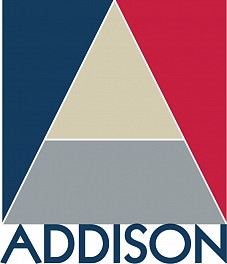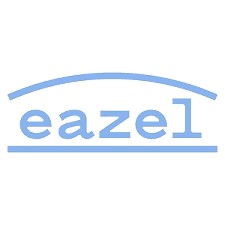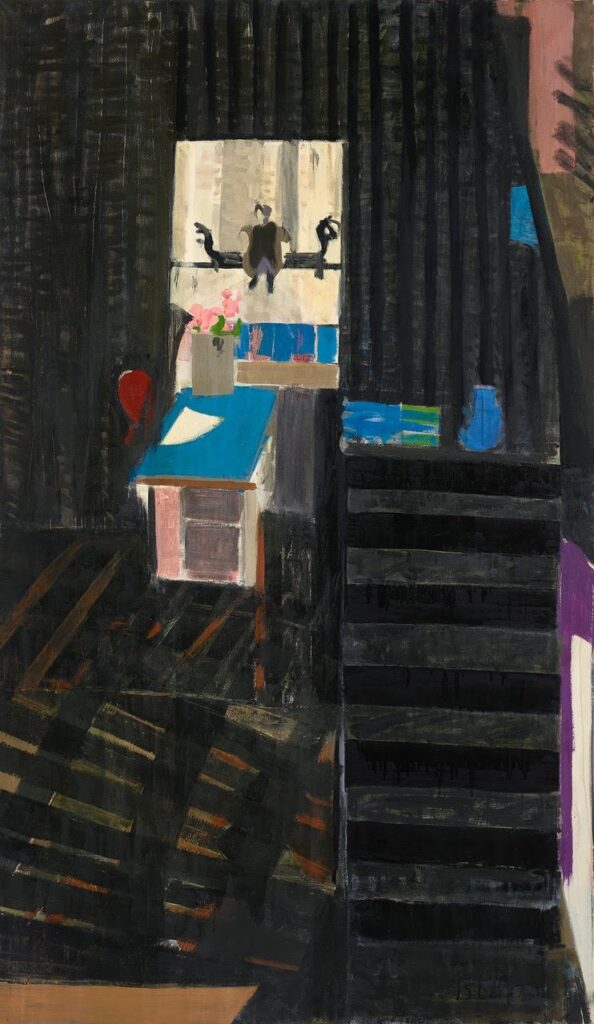FEATURE | New York Times; What to See in N.Y.C. Galleries in September
September 26, 2024 - Jillian Steinhauer and Will Heinrich for the New York Times
Bernice Bing, “Quantum 2,” 1991-92, acrylic and mixed media on paper.Credit...via the Estate of Bernice Bing and Berry Campbell, New York
What to See in N.Y.C. Galleries in September
By Jillian Steinhauer and Will Heinrich
Published Sept. 4, 2024 Updated Sept. 25, 2024
This week in Newly Reviewed, Jillian Steinhauer covers Bernice Bing’s fluid, vibrant paintings, H?ng-Ân Tr??ng’s mattress installation and Teresa Baker’s sublime abstractions.
Chelsea
Bernice Bing
Through Oct. 12. Berry Campbell, 524 West 26th Street, Manhattan; 212-924- 2178, berrycampbell.com.
Bernice Bing (1936-1998) had many identities, including artist, activist, Chinese American and lesbian. She studied Western art history and Chinese calligraphy, New Age psychology and Buddhism. She lived around the San Francisco Bay Area, coming up with the Beats and Abstract Expressionists.
She exhibited her paintings but, like many women of color, never had enough professional success to generate a lot of money or stability. For the last 12 or so years of her life, she lived in a small town while making art and working day jobs.
After her death at 62 from cancer, Bing’s friends began promoting her work. Their efforts paid off when, in 2019, the Sonoma Valley Museum of Art organized her first retrospective, a small but revelatory show. An exhibition at the San Francisco Asian Art Museum followed, and now Berry Campbell has brought Bing’s work to New York. The show is titled after her nickname, “Bingo.”
That word captures the incredible dynamism of her work. Bing started out making textured, semiabstract paintings, often inspired by nearby mountains. Her forms were fluid and her color choices vibrant and unusual: “Generations” (1961), a very early piece, contains an improbably beautiful melding of red, pink, yellow, orange and brown, alongside brilliant flashes of blue and turquoise.
As she deepened her study of Chinese calligraphy, Bing began to use looser and more script-like strokes. These can be seen in “Quantum 2” (1991-92), which consists of 25 paintings on paper filled with what look like Chinese characters gone awry, silhouettes of trees and brushy passages of abstract color. Despite its neat rows, “Quantum 2” exudes motion. It suggests an ever-shifting, perhaps uneasy coexistence between East and West — as Bing might have felt it herself.













